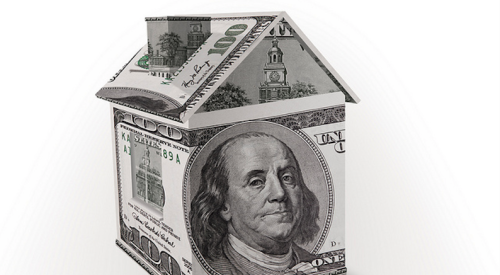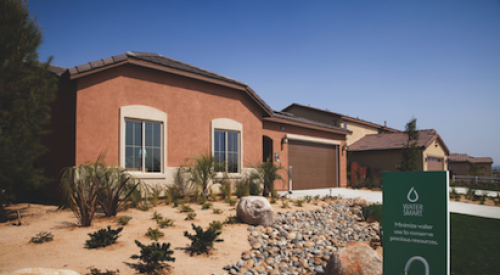|
The Green Builder Program of Colorado is one of the largest in the country and much of its success stems from the fact that it recognizes various shades of green. The program, created through the joint efforts of the Home Builders Association of Metro Denver, the Boulder Chapter of the HBA, the Governor’s Office Of Energy Conservation, the E-Star Home Energy Rating program and the Public Service Co. of Colorado, allows builders to participate at whatever level best suits their markets.
The program works like this. Every home registered with the program must meet the criteria set forth in the Built Green checklist. This includes an energy efficiency requirement and a menu of options addressing a range of "green" items from which the builder must select a minimum number. The energy requirement can be met one of two ways: Beyond the energy requirement, the Built Green checklist consists of 20 categories of options, six of which further address energy, with the balance addressing land use, waste management, materials use, indoor air quality, and water efficiency.Because of the range and number of options available under the checklist, every builder may comply a little differently. There are two ways a builder can comply with the options portion of the checklist. Each category indicates a suggested number of selections to make from within that category. If the builder selects the suggested number, the minimum number of options required is 35 plus the energy requirement. If a builder selects less than the suggested number from any category, the minimum number of options required is 38 plus the energy requirement. |
National Association of Home Builders president Charlie Ruma offered two different views of the role of the green builder. First, he said builders must define smart growth and good regional planning. They must look at material utilization, waste handling, land development and treatment of environmentally sensitive areas. "It’s time for us as builders to grow up to the fact that we’ve got to do things a little differently," said Ruma.
Ruma went on to detail the changes in his own company. "When I looked for land in the early days, if it had a tree on it, it disturbed me. If it had a wetland, I filled it because it was a mosquito-infested problem." The situation today is much different. "We’re looking for land that’s got character. When we see wetlands today--we stay away. We start with an environmental impact study today because we understand what land is all about. We’re a lot smarter."
Keynote speaker and Montana builder Steve Loken suggested that the "appropriate use of technology and resources" could be one working definition. Such a definition could apply to everything from the size of the home (they’re too big for the average 2.64-person family) to the materials used to build to the energy source to heat, cool and power the space, and even to where it is placed.
Tom Hoyt of McStain Enterprises, Boulder, Colo., said that in his organization the goal is to build in such a way that we "don’t diminish the prospects of future generations." An important part of living this philosophy is in looking at the density and diversity of housing developments. Hoyt explained how McStain balances different types of housing units (condominiums, townhouses, single-family and custom) with open space in its developments. By using this planning approach, McStain is able to create the densities necessary to attract mass transit. "Our whole planning focus gets away from ‘carchitecture’ and designs for people," said Hoyt.
Custom builder Ron Jones said being a green builder is as much about how and why you build as it is about what and where you build. Fitting in with the land and surroundings--rather than dominating both--is an integral part of green building. Jones, like other builders, suggested that there are enough shades of green to satisfy every operation. "No one builder can do everything, but everyone can do something," he said. "Recognize the opportunities and then customize your efforts to match your own situation."












